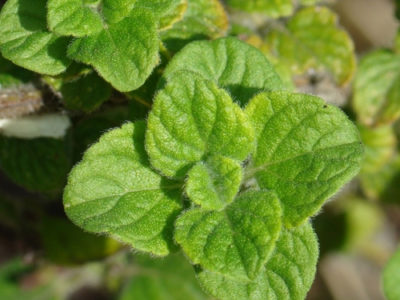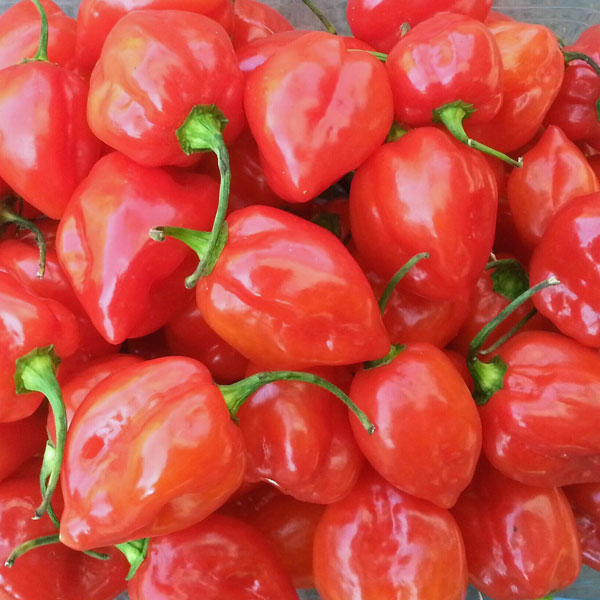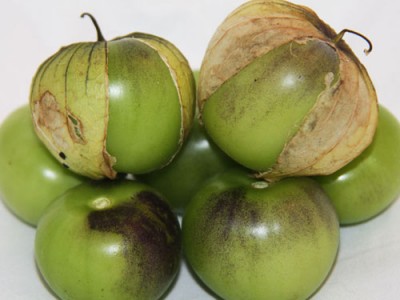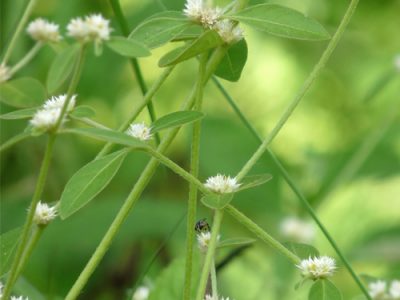

Habanero Pepper Health Benefits And Nutrition Facts
Habanero Pepper
Habanero peppers are a perennial flowering plant that is a variety of chilli pepper. It looks like a small chili pepper with a size of 2 to 6cm and has a potent spicy flavor. The unripe habaneros are generally green, as they mature the color of the habanero varies from orange to red. The orange and red habanero peppers are the common variants, but there are white, brown, yellow, green and purple habaneros. The habaneros are well known for its spiciness that are rated from 100, 000 to 350,000 on the scoville scale.
Origin
Habanero peppers originated from Amazon and spread to many other countries. Mexico is now known to be the largest producer of the habanero. Therefore, it is also known as the mexican flavor. It is grown in a sunny area and soil with a ph level of 5 to 6. The popular products of habaneros are sauces, puree or salsa and other spicy foods, which is mainly due to its heat, flavor and floral aroma. The plant compound called capsaicin present in the habanero is responsible for their hot pungent flavor. Several cultivators created the milder version of the habanero which retains the traditional aroma, flavor for people loves the flavor and aroma but not spiciness of the habaneros.
Nutrition Facts of Habanero Pepper
Habaneros are the fruits of the pepper plant that provide a good amount of water, protein, carbohydrate, sugar, fiber and fat. The vitamins and minerals present in the peppers are generally taken in a small amount due to its spicy flavor. It contains the generous amount of vitamin C, vitamin B6, vitamin K1, potassium, copper and vitamin A.
Benefits of Habanero Pepper
- The capsanthin present in the habaneros are responsible for red color and has the potential to fight against cancer. The antioxidant, ferulic acid present in the habanero pepper has the potential to fight against chronic diseases. The capsaicin is the main bioactive element that has various health benefits, which can be helped to treat heartburn. It may sound crazy, but yes you are reading it right.
- It helps to minimise the heartburn and pain caused by acid reflux when consumed in small amounts on a daily basis. Habanero peppers aid weight loss when combined with other health lifestyle strategies like exercise and diet.
- The plant compounds present in the habaneros are helpful to lower your bad cholesterol level, reduce blood pressure and reduce the risk of cancer. Even though there is no evidence in case of treating cancer, it is found that it prevents the negative effects of the free radicals.
- Many people find this pepper unpleasant, as it leaves the burning sensation at the end. When the habanero peppers are consumed in the high amounts, it causes severe pain, inflammation, swelling and redness. The tolerance level of yourself should be known before trying this pepper. It can cause intestinal distress in some people that include cramps, painful diarrhea and abdominal pain. The people with Irritable Bowel Syndrome can avoid this pepper.


